Sri Lanka at a Glance
Ancient Greek called it Taprobanē (Tambapanni), The Persians and Arabs referred to it as Sarandīb (Seiylan), The British called it as Ceylon later changed to Sri Lanka is a Beautiful Island Country in the Indian Ocean.
The Pre-history of Sri Lanka goes back 125,000 years and is rich with diversified cultures, religions, ethnicities & languages. Predominant Sinhalese ,Tamils,Muslims, Burgers & Malays coexist and live peacefully in the small island.
Sri Lanka is made up of about 100 “rivers,” most of which are mere wet-season rivulets. 208-mile-long Mahaweli River is the longest river in Sri Lanka. The general elevation of which ranges from sea level to about 1,000 feet (300 metres). Sri Lanka’s highest mountain—Pidurutalagala at 8,281 feet (2,524 metres).
Sri Lanka’s tropical location ensures perennially high temperatures, with monthly averages between 72 °F (22 °C) and 92 °F (33 °C) in the lowlands. In the Central Highlands, higher altitudes account for lower temperatures, with monthly averages between 44 °F (7 °C) and 71 °F (21.6 °C).
Tea is the main source of income to Sri Lanka. We are famous for spices of Curry Leaves (Karapincha) Turmeric (Kaha) Clove (Karambunatti) Cinnamon (Kurundu) Pepper (Gam Miris) Cardamom (Enasal) Lemongrass, Citronella (Sera) Ceylon Cinnamon exports represent 41.13% of world exports for this product, we rank number one (Trademap2013).
Top Destinations
Sri Lanka is the most friendly and warm hearted people you will find in the world. Its rich in culture and accessible wildlife, its growing surf scene, its people who welcome you as your own kith & kin and beautiful friendly smiles makes the pearl of the Indian ocean your top destination.
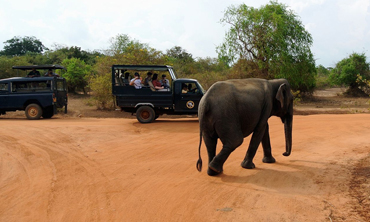
Yala National Park
Yala National Park is home to a host of wildlife and birds you are bound to run into a group of elephants bathing in streams, tossing their trunks wildly or leopards nestling lazily on tree branches.
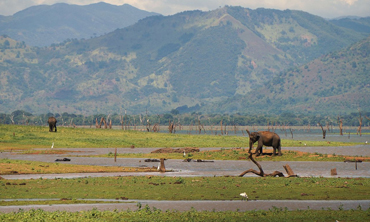
Udawalawe National Park
Udawalawe National Park is a must-visit place for wildlife lovers. You get a chance to get a glimpse of many animals including peacocks, water buffalo, crocodiles, jackals, monkeys and deer.
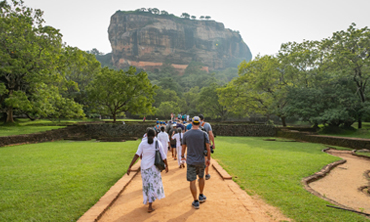
Sigiriya
Sigiriya or the mount of remembrance is a World Heritage Site and one of the most stunning places to see in Sri Lanka. This giant formation of rock rises out of nowhere towering over everything in its vicinity.
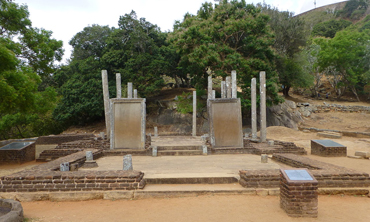
Mihintale
Mihintale is a birthplace of Buddhism attracting hundreds of pilgrims to this site every year. It is a mountain located near the town of Anuradhapura.
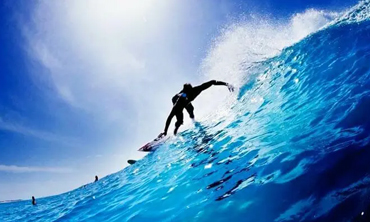
Arugam Bay
Sri Lanka has a coastline of over 1600 km and is ideally suited for windsurfing, speed boating, and other water sports. It is the ideal place to sip coconut water, take in the scent of jasmine and allow the southern sun to tan your skin.
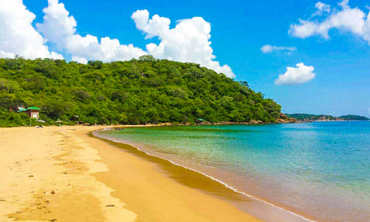
Trincomalee
Trincomalee, among many similar Sri Lanka tourist spots, is blessed with a beautiful beach. If you are up for an underwater diving tour, then SLDT (Sri Lanka Diving Tours) will give you the best experience.

The Dambulla Cave Temple
The Damdulla Cave Temple is the largest temple complex in Sri Lanka. The temple is built on a black rocky mountain which serves as a nice contrast with the white walls of the temple.

Temple Of Tooth At Kandy
The Temple of Tooth in Kandy is iconic because of the history attached to it. With a quaint setup and interesting artifacts, this temple is worth a visit.
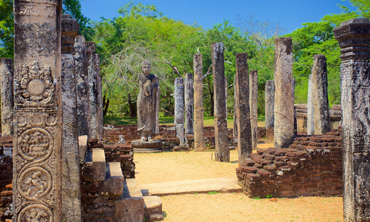
Polonnaruwa Sacred City
This city was once the ancient kingdom of Sri Lanka and walking into this still gives a feeling of the Golden Age. Inside this city there are still ruins of palaces, shrines and stupas which makes it one of the top tourist attractions in Sri Lanka.








